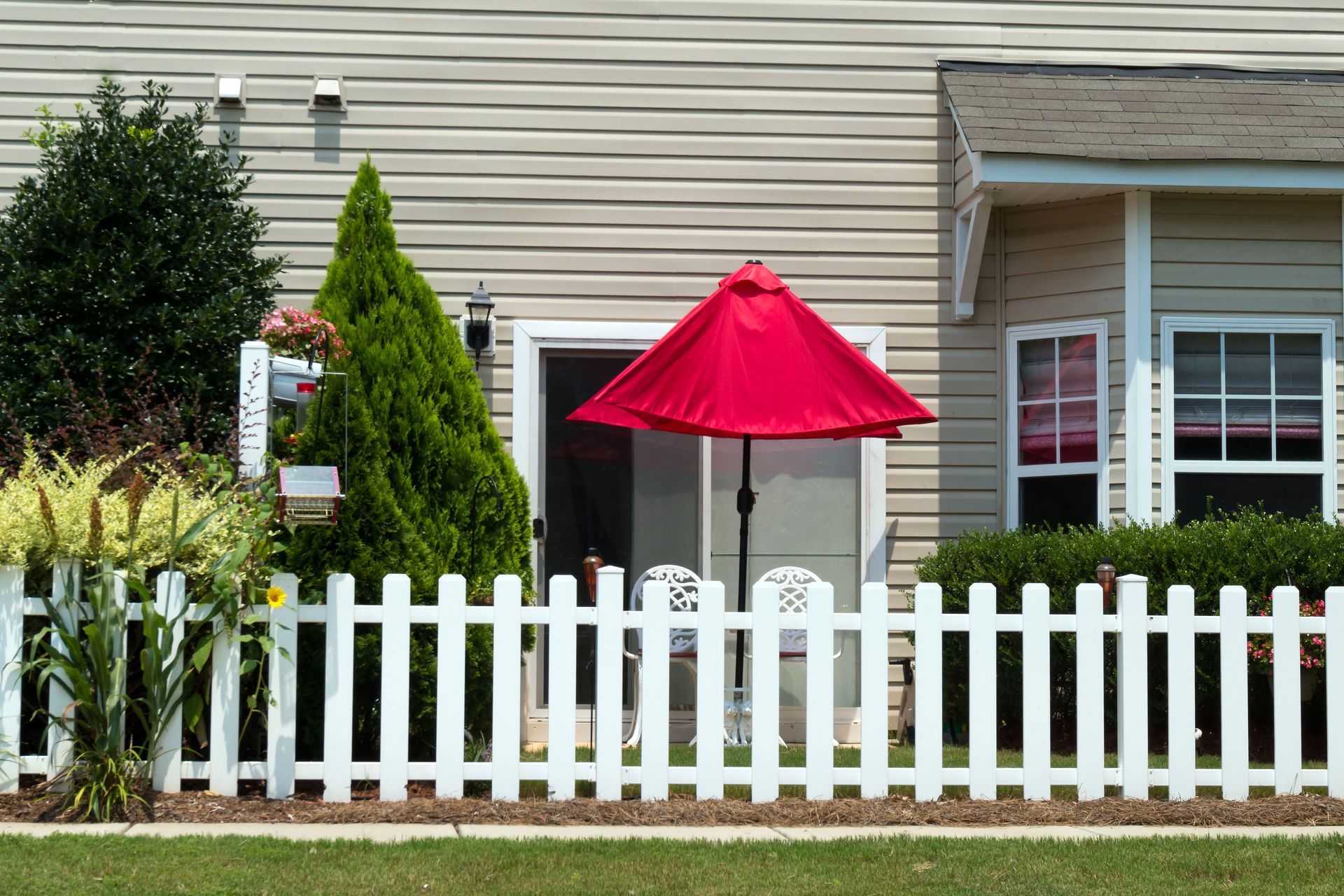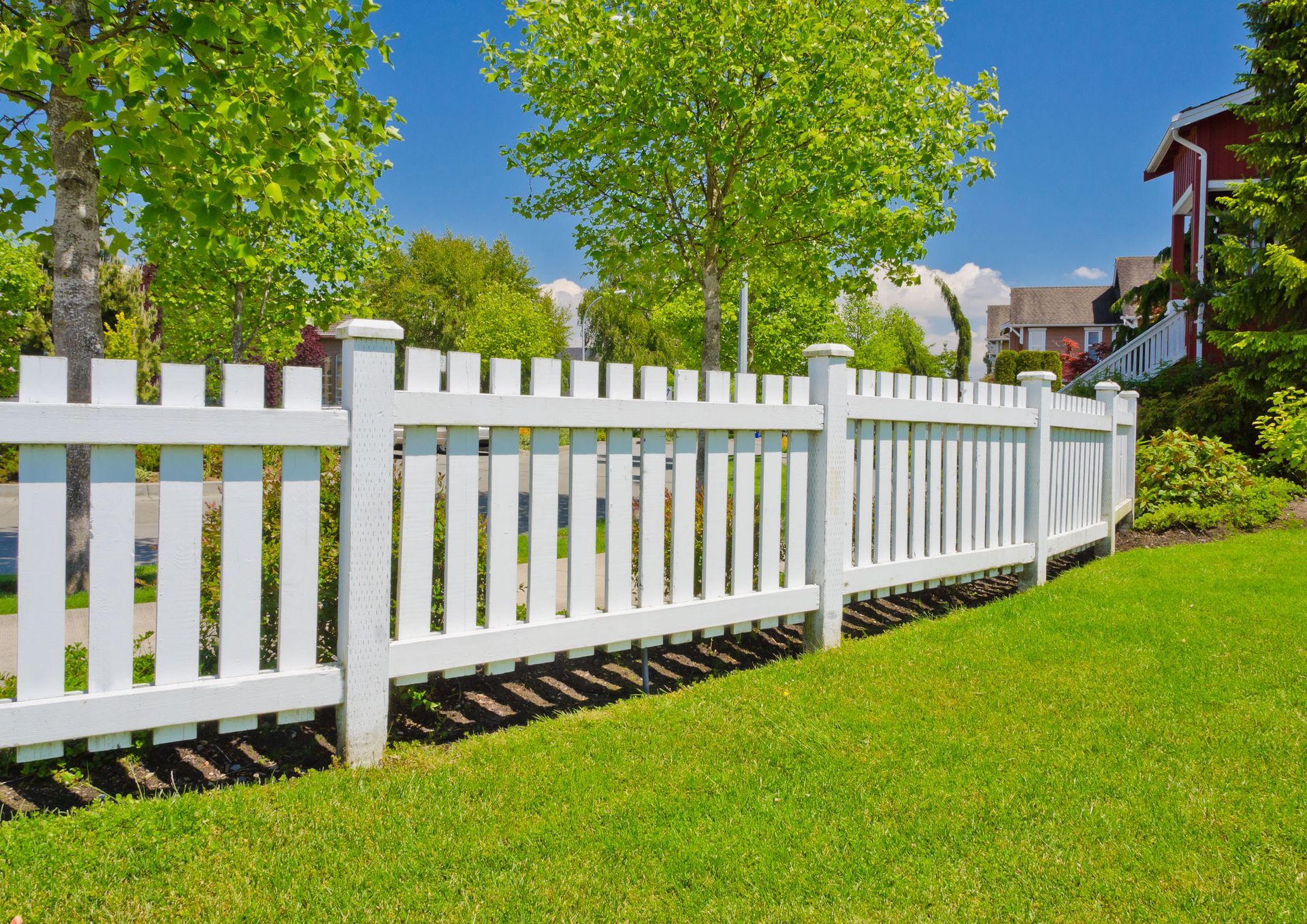October 15, 2025
When it comes to improving your property’s appearance and value, few upgrades make as big an impact as a well-installed fence. Among the many materials available, vinyl fences have become increasingly popular for homeowners seeking durability, low maintenance, and timeless style. Before scheduling your vinyl fence installation, however, there are several important considerations to keep in mind. From understanding the material’s benefits to knowing what to expect during installation, preparation is key to getting the best results.
Below, we’ll explore everything you should know before your vinyl fence installation — so you can feel confident your project will stand the test of time.
Understanding the Benefits of a Vinyl Fence
Vinyl fences are known for their combination of strength, beauty, and low maintenance. Unlike wood, which can rot, splinter, or warp over time, vinyl maintains its shape and color even under harsh weather conditions. The material is made from polyvinyl chloride (PVC), a durable plastic that resists moisture and UV damage. This means you won’t need to repaint or refinish your fence every few years.
One of the most appealing features of a vinyl fence is its lifespan. According to Bob Vila, a vinyl fence can last between 20 and 30 years, making it one of the most durable fencing materials available. This longevity, paired with minimal upkeep, often makes vinyl a cost-effective choice in the long run.
Homeowners also appreciate the design versatility of vinyl fencing. Whether you prefer a classic white picket look, a privacy fence, or decorative lattice panels, there’s a vinyl style to match nearly any home aesthetic. Because it’s non-porous, vinyl is also easy to clean — usually requiring just soap, water, and a quick rinse to remove dirt or mildew.
Preparing Your Property for Installation
Before the installation process begins, proper preparation ensures that everything goes smoothly. The first step is determining your property lines. This may seem like a small detail, but installing a fence even a few inches over the boundary can lead to disputes with neighbors or issues with local zoning regulations. If you’re unsure where your property lines are, check your deed or contact your local municipality for assistance.
Next, it’s essential to check local building codes and homeowner association (HOA) guidelines. Some areas have height restrictions, setback requirements, or color limitations for fences. A professional fencing company like Midwest Custom Fencing can help you navigate these rules and obtain the necessary permits before work begins.
You’ll also want to prepare the physical site. This includes clearing any debris, plants, or rocks from the area where the fence will be installed. Ensuring that the ground is level is equally important — uneven terrain can complicate the installation process and affect the final look of your vinyl fence.
Choosing the Right Vinyl Fence Style
Selecting the right vinyl fence design depends on your goals for the project. Are you hoping to increase privacy, enhance curb appeal, or create a safe space for pets and children? Each goal requires a slightly different style of fencing.
For privacy, consider solid-panel vinyl fences that provide full coverage and reduce visibility from the street or neighboring properties. These are ideal for backyards, pools, and patios. For front yards or decorative purposes, a picket-style fence may be more appropriate, offering an open, welcoming appearance while still defining your property lines.
Another key consideration is color and texture. While traditional white vinyl fences remain popular, modern options include tan, gray, and even wood-grain textures that mimic the look of natural wood without the upkeep. Think about your home’s exterior design and landscaping when choosing the color — the right fence should complement your property rather than overpower it.
Finally, don’t forget about the gates. Gates are an essential part of your fence’s design and functionality. They should match the overall aesthetic while providing easy access to your yard or driveway. Discuss gate placement and hardware options with your fencing installer early in the planning process to ensure convenience and durability.
Knowing What to Expect During Vinyl Fence Installation
Understanding what happens during the installation process can help you prepare your home and minimize disruption. Professional installers, such as those at Midwest Custom Fencing, begin by marking the fence line and post locations according to the approved layout. Precision is essential here — straight lines and consistent post spacing ensure that your fence looks uniform and remains structurally sound.
Once the layout is confirmed, the next step involves digging post holes. These holes are typically set below the frost line to prevent shifting during freeze-thaw cycles. The posts are then secured with concrete for added stability. After the concrete sets, the panels and rails are attached, forming the framework of the fence.
Depending on the size of your property and the complexity of the design, installation can take anywhere from one to several days. Weather conditions and soil type can also affect the timeline. Before the crew arrives, make sure outdoor furniture, toys, or landscaping features are moved away from the work area to give installers plenty of space to operate safely.
Maintaining Your New Fence
One of the biggest advantages of choosing a vinyl fence is its ease of maintenance. Unlike wood, it doesn’t require staining or sealing to maintain its appearance. However, regular cleaning will help preserve its shine and prevent buildup from dirt, algae, or mildew.
A simple cleaning routine involves spraying the fence with a garden hose to remove dust and debris. For tougher spots, use a mild detergent and a soft brush. Avoid harsh chemicals or abrasive materials, as these can scratch or dull the surface.
You should also periodically inspect your fence for loose panels or hardware, especially after storms or high winds. Although vinyl is highly durable, it’s still good practice to ensure everything remains properly aligned and secure. Vinyl fences are not only weather-resistant but also eco-friendly. Many vinyl fencing materials are recyclable, reducing the environmental impact compared to traditional wood products.
By following a simple maintenance schedule, you can keep your vinyl fence looking as beautiful as the day it was installed — and enjoy decades of reliable performance.
Hiring the Right Fence Installer
Even the best vinyl fence materials won’t perform as intended without proper installation. That’s why choosing the right contractor is just as important as selecting the right fence style. Look for an experienced, local company that specializes in vinyl fence installation and has a proven track record of quality work.
When evaluating potential contractors, ask about warranties on both materials and labor. A reputable company will stand behind its products and craftsmanship, giving you peace of mind long after the installation is complete. Checking reviews, asking for references, and viewing past projects can also help ensure you’re hiring a reliable professional.
Installing a vinyl fence is an excellent way to enhance your property’s curb appeal, privacy, and value — but preparation and professional installation are key to success. By understanding the benefits of vinyl fencing, preparing your property, and working with a trusted expert like Midwest Custom Fencing, you’ll ensure your investment stands strong for decades to come.
With minimal maintenance, outstanding durability, and a wide variety of design options, it’s no surprise that vinyl fences have become a top choice for homeowners. Whether you’re replacing an old fence or starting fresh, knowing what to expect before your
vinyl fence installation will make the process smoother, faster, and more rewarding — leaving you with a beautiful fence that enhances your home for years to come. Contact us today for more information.


